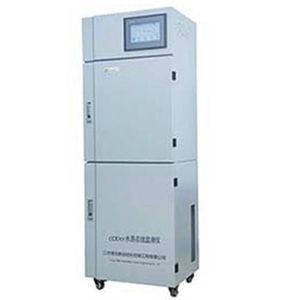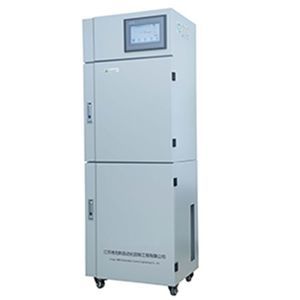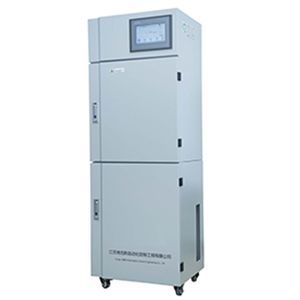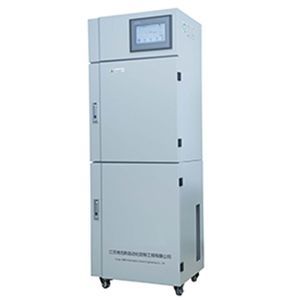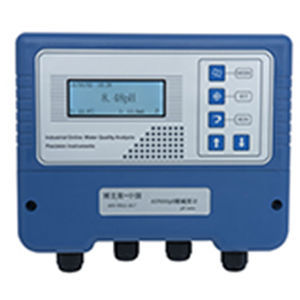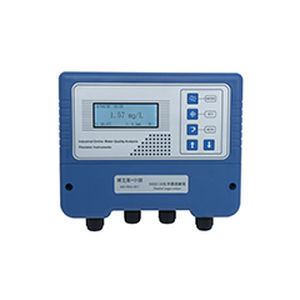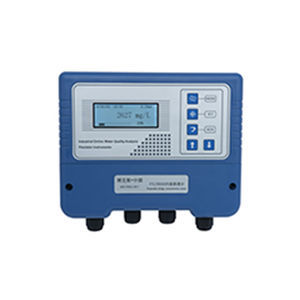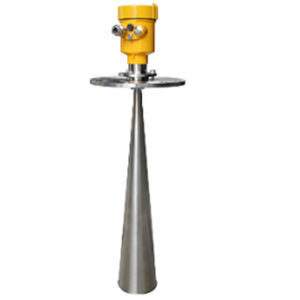
- Detection - Measurement
- Flow, Pressure and Level Measurements
- Water level gauge
- Jiangsu Flowna Intelligent Technology Co. Ltd

- Products
- Catalogs
- News & Trends
- Exhibitions
Water level gauge FL-502radarfor tankfor the chemical industry
Add to favorites
Compare this product
Characteristics
- Fluid
- water
- Technology
- radar
- Applications
- for tank, for the chemical industry
Description
Radar level gauge uses the principle of echo ranging, and its horn-shaped or rod-shaped antenna emits microwave to the measured material surface. When the microwave propagates to the material surface with different relative dielectric rates, it will reflect and be received by the antenna. The time difference between transmitting wave and receiving wave is proportional to the distance between material surface and antenna, and the distance can be known by measuring the propagation time.
The antenna is small in size and easy to install;
Non-contact radar, no wear and pollution;
It is little affected by corrosion and foam;
It is less affected by the changes of dust, water vapor, temperature and pressure in the atmosphere;
Shorter wavelength and better reflection on inclined solid surface;
The beam angle is small and the energy is concentrated, which enhances the echo ability and is beneficial to avoid interference objects;
The blind area of measurement is smaller, and good results will be achieved for small tank measurement;
High signal-to-noise ratio, which can achieve the specified performance even in the case of fluctuation;
The high emission frequency of 26GHz is suitable for measuring solids and low dielectric constant media.
Other Jiangsu Flowna Intelligent Technology Co. Ltd products
FLB Series Analyzer
Related Searches
- Flowmeter
- Volume flowmeter
- Liquid flowmeter
- Pressure transmitter
- Analog pressure transmitter
- Gas flowmeter
- Stainless steel flowmeter
- Waterproof flowmeter
- Industrial flowmeter
- Waterproof pressure transmitter
- Stainless steel pressure transmitter
- Membrane pressure transmitter
- Relative pressure transmitter
- In-line flowmeter
- Precision flowmeter
- Compact flowmeter
- Water flowmeter
- Mass flowmeter
- Digital pressure transmitter
- DC flowmeter
*Prices are pre-tax. They exclude delivery charges and customs duties and do not include additional charges for installation or activation options. Prices are indicative only and may vary by country, with changes to the cost of raw materials and exchange rates.

